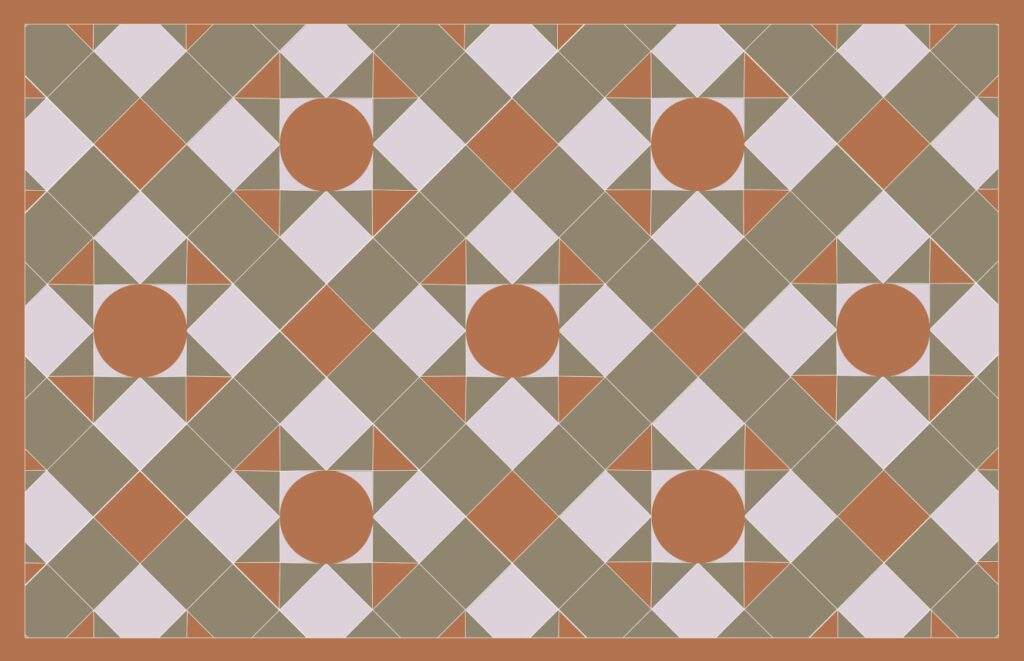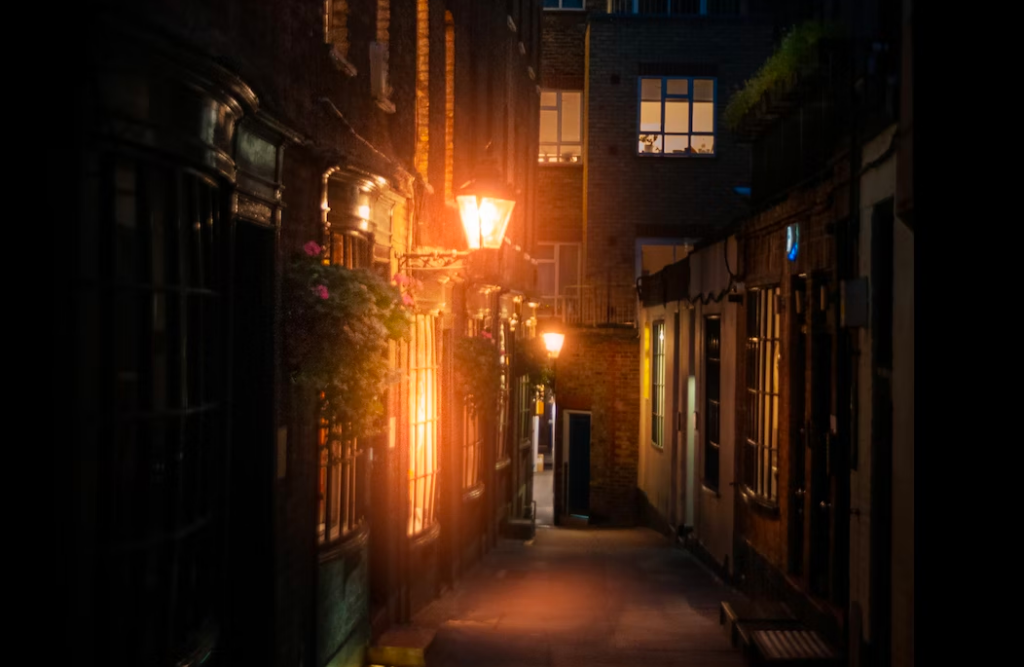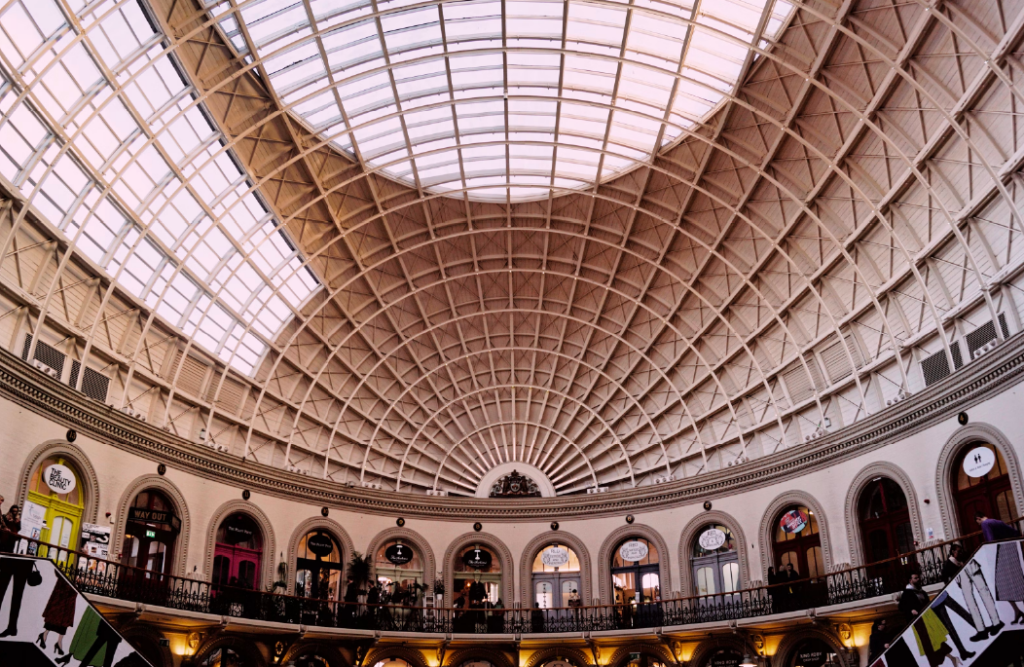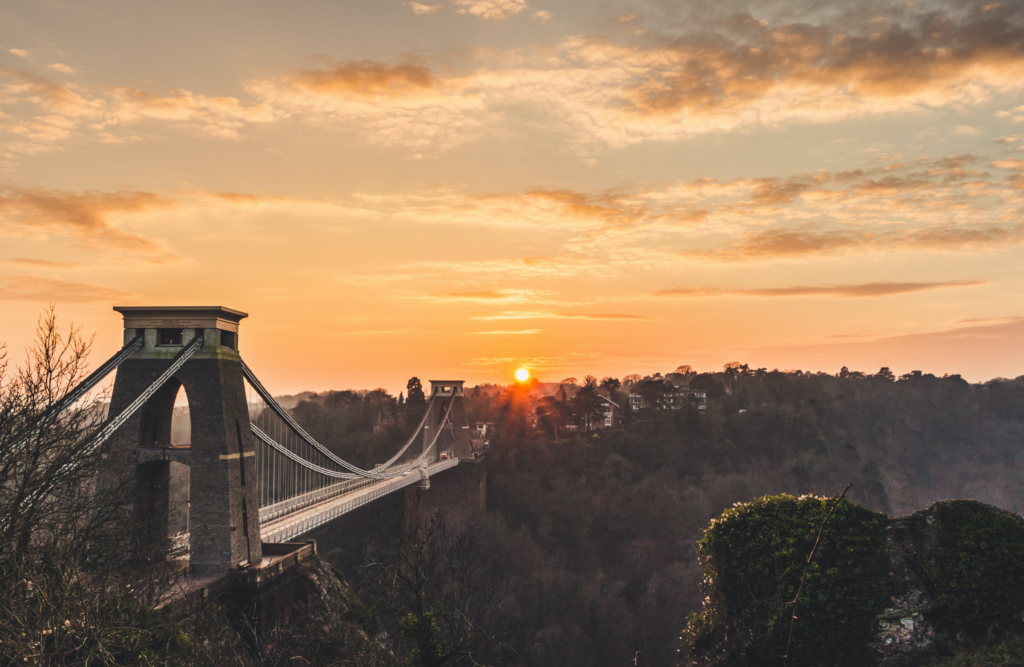The Victorian era brought innovation, invention and incredible homes, but many consider a jewel in the Victorian crown and a national treasure to be Cragside at Rothbury near Morpeth in Northumberland.
Cragside is a stately Arts and Crafts mansion illuminated by hydroelectricity, powered by hydraulics and boasting multiple labour-saving gadgets and inventions that went on to be produced on a larger scale for everyday use in homes around the world – and that are still used to this day.
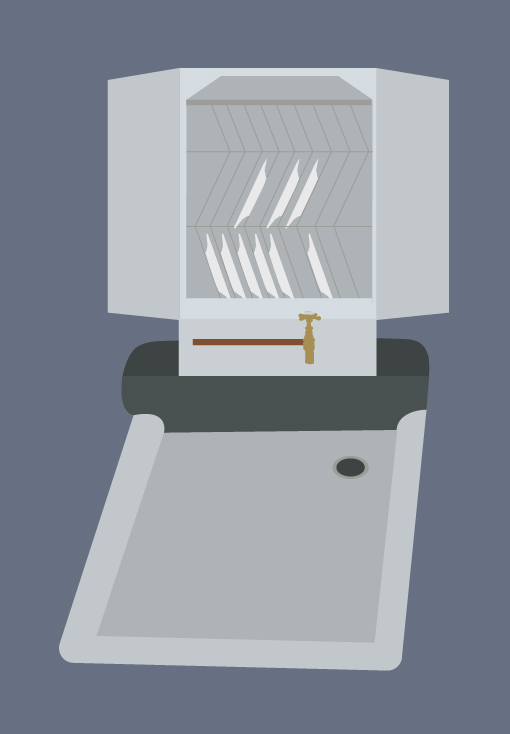
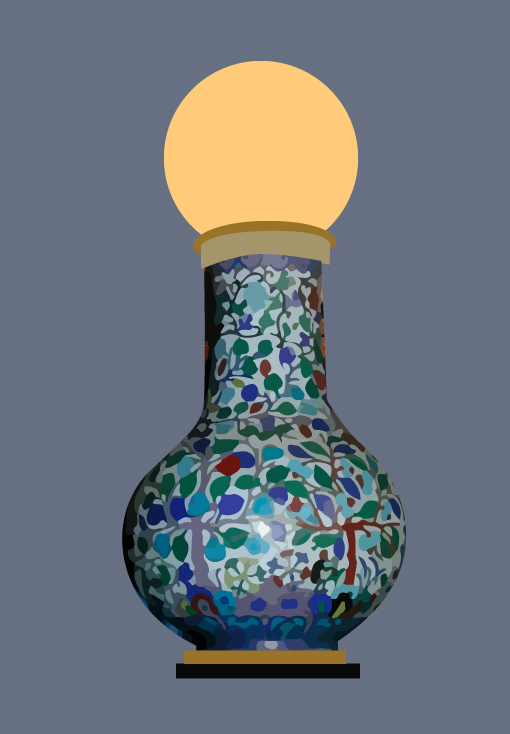
Cragside was Britain’s first smart home
Described as Britain’s first smart home, the original building was a modest shooting lodge which William Armstrong, founder of the Armstrong Whitworth armaments firm, built between 1862 and 1864.
Cragside was situated in a narrow valley where the Debdon Burn flows towards the River Coquet near Rothbury. Armstrong had the land cleared and supervised the building of the house so it perched on a ledge of rock overlooking the burn.
He also supervised a programme of planting trees and mosses to cover the rocky hillside with vegetation.
The Cragside estate eventually grew to 1,729 acres (7.00km2) and had seven million trees, together with five artificial lakes and 31 miles of carriage drives.
download the full victorian homes ebook
Download Victorian Homes, a free ebook created by Adrian Flux insurance services. It is full of Victorian house facts, tips on how to create a Victorian style house — even if you live in a new-build home — and advice on where to source original Victorian and reproduction fixtures, fittings, furniture, accessories and art.
A northern Neuschwanstein
Architect Richard Norman Shaw transformed the house in two phases of work between 1869 and 1882. They described it as a northern Neuschwanstein – the fairytale palace in Bavaria, Germany, built by King Ludwig II to “embody the contemporaneous architectural fashion known as castle romanticism and Ludwig’s enthusiasm for the operas of Richard Wagner”.
On completion, Cragside was described by the architect and writer Harry Stuart Goodhart-Rendel as “one of the most dramatic compositions in all architecture”.
Armstrong trained as a solicitor but became an industrial magnate, scientist, philanthropist and prolific inventor. His hydraulic crane and the Armstrong gun were world renowned – he is still regarded as the inventor of modern artillery – but his inventiveness enhanced domestic life too, and Cragside became the first house in the world to be lit by hydroelectric power.
To describe Cragside as Victorian state of the art was something of an understatement.
Richard Norman Shaw wrote that it was equipped with “wonderful hydraulic machines”. In the grounds, Armstrong built dams and lakes to power a sawmill, a water-powered laundry, early versions of a dishwasher and a dumb waiter, a hydraulic lift and a hydroelectric rotisserie.
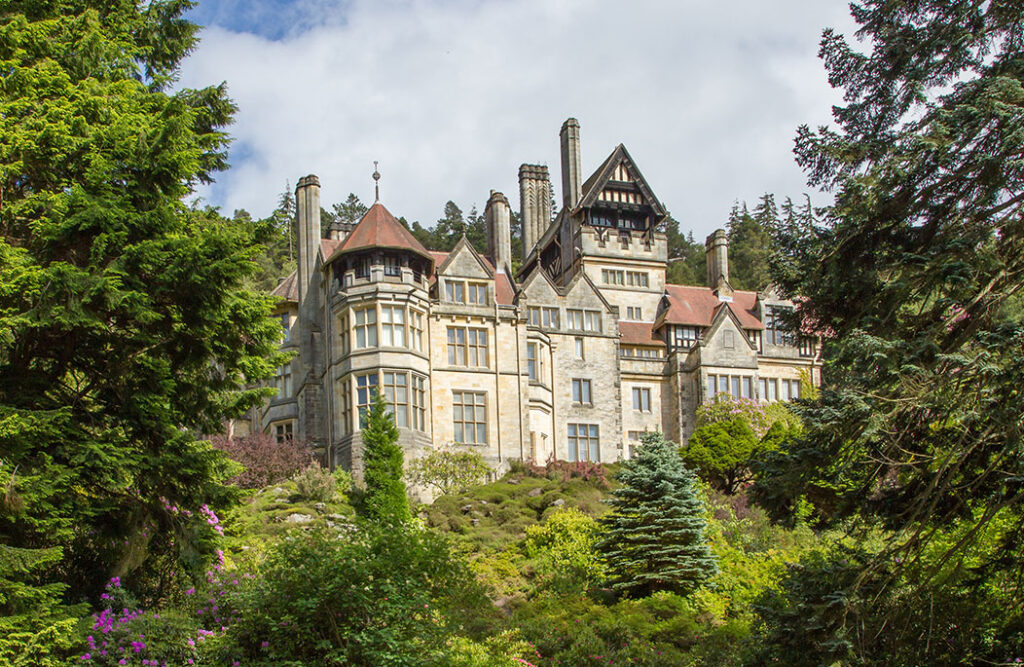
Armstrong honoured during Queen Victoria’s Golden Jubilee
In 1887, Queen Victoria’s Golden Jubilee year, Armstrong’s inspirational work was recognised. He was raised to the peerage as the first engineer or scientist to be ennobled and became Baron Armstrong of Cragside.
Armstrong and his wife Margaret were patrons of many 19th-century British artists and they filled Cragside with countless works of art.
Part art gallery and part working home, Cragside was also the centre of Armstrong’s commercial affairs and it boasted an eclectic mix of stop-over guests, including the Shah of Persia, the King of Siam and two future Prime Ministers of Japan.
Above all, Cragside was designed for modern living and efficiency and Lord and Lady Armstrong’s interests complemented each other perfectly – he had a passion for engineering, she had a passion for natural sciences.
Cragside acquired by National Trust
Following Armstrong’s death in 1900, his heirs struggled to maintain the house and estate.
In 1910, the best of Armstrong’s art collection was sold, and by the 1970s, in an attempt to meet inheritance tax, plans were submitted for large-scale residential development of the estate.
In 1971 the National Trust asked the architectural historian Mark Girouard to compile a gazetteer of the most important Victorian houses in Britain, which the Trust should seek to save should they ever be sold. Girouard placed Cragside at the top of the list.
In 1977, the house was acquired by the Trust with the aid of a grant from the National Land Fund. A Grade I listed building since 1953, Cragside has been open to the public since 1979.
Cragside is in Rothbury near Morpeth in Northumberland, NE65 7PX, and is open 7 days a week, 11am-5pm.
Looking to insure your Victorian Home?
Your home doesn’t have to be a national treasure for you to love it. That’s why it deserves the best possible insurance. Adrian Flux is a specialist insurance compnay offering bespoke cover for all period and Victorian homes. Call 0800 369 8590 got a fast and hassle-free quote.
Our home insurance customers saved an average of 31% in 2021 when taking out a policy with us. See how much you could save by giving us a call.


